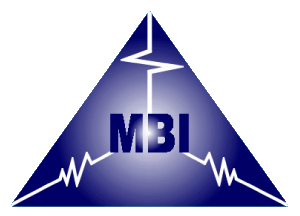Computational Photonics
Synopsis of the Course
In many complex photonic systems, structural features with sizes of the order of the relevant wavelength lead to near-field and multiple scattering effects that strongly modify the systems' optical properties relative to simple unstructured systems. A quantitative theoretical treatment of these systems usually involves numerical solutions of the linear or nonlinear Maxwell equations.
The intent of this course is to introduce some of the most popular numerical methods that are utilized for this purpose. These include the Finite-Difference Time-Domain approach, the Beam Propagation Method, the Rigorous Coupled Wave Analysis, and the Split-Step Fourier technique. In particular, the motivation and inner workings are developed for each method and their respective limits of applicability are discussed.
The content of the lectures will be supplemented by corresponding problem sets (analytical and numerical) that the participants should be working on in order to acquire a certain "fluency" on the subject.
The course is aimed at advanced undergraduate and graduate students. A good knowledge in electromagnetism is required and some elementary knowledge of quantum mechanics would be helpful (but is not required).
| SWS/ECTS:
Proof of participation: |
3 SWS, 5 SP/ECTS At least 50% of the problems solved |
Textbooks
- K. Okamoto, Beam Propagation Method (chapter 7 of Fundamentals of Optical Waveguides), Elsevier Science & Technology, Amsterdam, 2006
- B. Lee, Fourier modal method and its applications in computational nanophotonics, CRC Press, Boca Raton, 2010
- U. Inan and R. Marshall, Numerical Electrodynamics: The FDTD Method, Cambridge University Press, Cambridge, 2011
Material on Matlab/Octave
MatLab is a powerful programming environment that is specialized in computations and visualization in the natural and engineering sciences. MatLab is installed on the computers in the computing lab ("Poolraum") of the physics building. Information including the hours can be found here.
A MatLab license for students is not available. Most of the problems can be solved with GNU Octave which is open software available online.
Due to time-constraints, the course cannot offer an extensive introduction into MatLab. Instead, the first problem set will deal with some of the specific features of MatLab that are of particular relevance for this course.
Besides the official help features and internet sites of the software package itself, further information material on MatLab can be found on various internet sites. A certainly non-exhaustive set of links to excellent introductory material includes
http://maxwell.me.gu.edu.au/spl/matlab-page/matlab_tony.pdf
http://www.math.utah.edu/lab/ms/matlab/matlab.html
http://www.cyclismo.org/tutorial/matlab/
Information and Problem Sets
tba
- Lecture:
- Exercise:
- NEW 14, 1'10,



